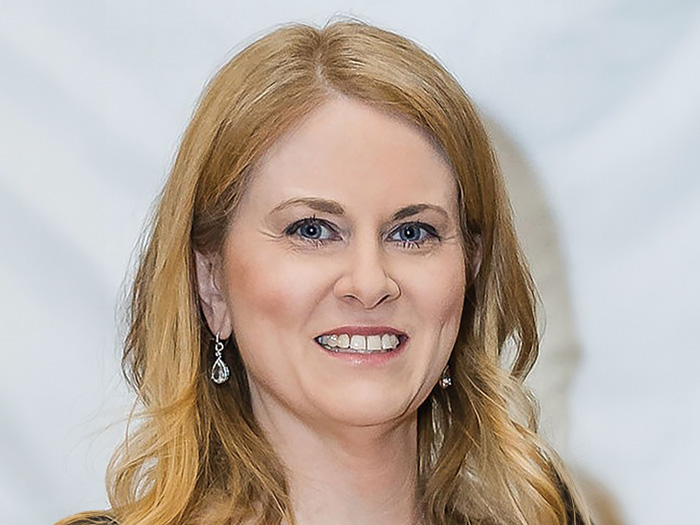Risk Insider: Terri Rhodes
Momentum Builds for Single Leave Mandate
Earlier this year I identified the key disability management-related themes of 2016. The trend of offering paid parental leave is now gaining momentum.
New York
At the end of March, New York state became the fifth state to mandate this type of leave. The program provides employees up to 12 weeks paid time to bond with a new child or to care for a parent, child, spouse, domestic partner, or other family member with a serious health condition.
The duration of the leave doubles the six weeks allotted in California and New Jersey, and is triple the four weeks of paid leave Rhode Island offers.
New York’s law does away with many of the exceptions in similar laws. It will cover full-time and part-time employees, and there will be no exemptions for small businesses. Employees only need to be employed by the company for six months to be eligible.
This raises an important point. Most of the paid leave action is with large companies.
The law does allow employers to limit two employees from taking this benefit at the same time for the same family member, limiting exposure in the case of more than one family member working for the same employer.
Although New York’s paid leave law takes effect on January 1, 2018, it will be gradually phased in with only eight weeks of leave with a 50 percent of pay cap, increasing ultimately to the full 12 weeks at a 67 percent cap by 2021. As is the trend, this is an employee funded benefit through a weekly payroll tax of approximately $1 per employee.
San Francisco
In April, San Francisco’s Board of Supervisors passed the Paid Parental Leave Ordinance (PPLO), making it the first city in the country to enact such an ordinance.
This new law provides supplemental compensation for California employees receiving partially paid leave under California’s Paid Family Leave (PFL) law to bond with a newborn child or newly placed child for adoption or foster care, among other reasons.
During the leave period, the employer will be required to supplement employee pay, so the combination of monies received under the PFL (currently 55 percent wage replacement) and the PPLO will provide compensation equal to 100 percent of the employee’s gross weekly wage.
Payment is made from a worker-funded state disability program and calculated as a percentage of the employee’s wages (55 percent) subject to the maximum weekly benefit amount set by the PFL program. Very similar to the state PFL, there is a cap on the maximum weekly benefit amount of $924, which equates to an individual with a salary of $106,740.
San Francisco’s law will be phased in quickly. In January 2018, all companies with 20 or more employees, with any of those individuals regularly employed in San Francisco, will be required to comply.
Private Employers
Since February, there have been almost weekly announcements about employers adopting or improving their paid leave policies. Here is just a sampling:
- Twitter: 20 weeks of paid parental leave
- Wells Fargo: 16 weeks of paid leave
- Anheuser-Busch: 16 weeks of maternal leave; 2 weeks of paid leave for secondary caregiver (male or female)
Whether aimed at employee attraction or retention, paid leave is now becoming a “must-have” for large organizations.
This raises an important point. Most of the paid leave action is with large companies.
According to the American Action Forum, in companies with 500 or more employees, paid family leave rose a solid 5 percent, from 17 percent in 2010 to 22 percent in 2015. But in companies with fewer than 50 employees, the needle has only moved from 7 percent to 8 percent from 2010 through 2015.
The myriad of laws, regulations, and policies is creating an administrative burden for all companies. And, for many smaller employers, the varying laws and policies are creating an actual competitive disadvantage.
It is likely that employers of all sizes would welcome some consistency in these laws that are leaving some to ask, “Who is going to pay for all of this?”










